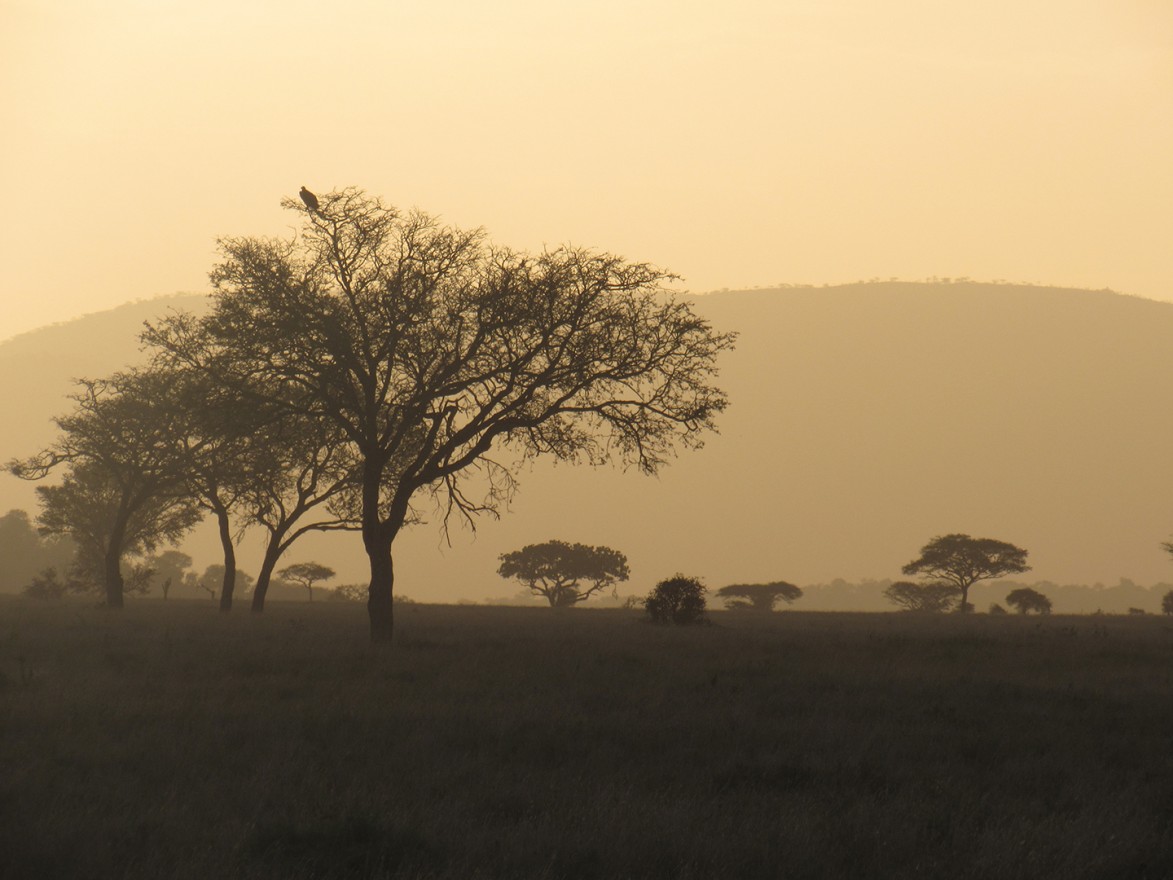
Tanzania. (Hailey Smalley/SUNY-ESF)

Tanzania. (Hailey Smalley/SUNY-ESF)
With the United States recently pulling out of the Paris Climate Agreement, the United States is more unstable than ever when it comes to discussing climate change, but, for others, climate change has already become ingrained into daily life. East Africa is one of the many regions that is already beginning to see the effects of climate change, necessitating a variety of mitigation strategies. Here’s what you need to know about climate change in the region.
East Africa already is experiencing the effects of climate change. Average annual temperatures have increased by 0.7 degrees Celsius, and rainfall also has become more variable as the timing of the long and short rainy seasons has shifted. A recent study by Sharon Nicholson tracks these changes, including a steady decline in the length of the long rainy season as well as the extension of prolonged drought periods throughout East Africa.
While rainfall changes may be difficult to pinpoint without precise measuring devices, Mount Kilimanjaro, the tallest mountain in Africa, provides tangible evidence of climatic changes in the area. The summit was previously covered with snow, but the numerous glaciers on the mountain are beginning to recede, leaving less snow at the peak, a fact that many scientists and residents attribute to climate change. If current climate trends continue in the region, these 10,000-year-old glaciers could completely disappear within the next two decades, giving a painstakingly clear image of the severity of climate change impacts in the region.
As with many of the regions hit hardest by anthropogenic climate change, those in East Africa are receiving a disproportionate amount of the negative effects. Many East Africans continue to live by traditional means, and even those whom have westernized as a result of globalization and tourism often live in a more sustainable fashion than their counterparts in more industrialized nations.
In 2013, the average United States citizen consumed about 97.164 Btu compared with an average East African energy consumption of less than .2 Btu. As such, the typical East African has a much more sustainable lifestyle, in terms of energy usage, and a much more negligible impact upon anthropogenic climate change. However, despite their minor role in the cause, these people are unfortunately not immune from the effects of climate change, as evidenced by the rapid changes overtaking the area.
In the spring of 2017, a late start to the long rainy season, coupled with an early end, threw much of the region into a prolonged drought. The repercussions of this lack of rainfall are still being seen months later as livestock and wildlife populations have slowly begun to recover, the planting of several crops has been forestalled, and the yield of many other crops has additionally been reduced. While the origin of this most recent drought is not entirely known, the increasing prevalence of drought in the area, along with increasing temperatures, threatens the viability of life in the region.
In a survey of farmers in the rural village of Kilimatembo, in Tanzania, nearly 90 percent of farmers stated that there had been decreases in crop yields over the past ten years as a result of climatic changes. Indeed, it is such small-scale agriculturists that will be the hardest hit by climate change. A majority of the population in Kenya, Ethiopia, Somalia, and Tanzania continues to rely on subsistence agriculture, either by means of pastoralism, as is practiced by the Maasai, or by means of agro-pastoralism, which is practiced by several other local tribes including the Iraqw, Chagga, and Manga’ti. This can be especially challenging as these small-scale agriculturists often lack the resources and knowledge to implement helpful mitigation strategies.
.jpg)
Luckily, steps are already being taken across East Africa to combat the effects of climate change and provide alternatives for those who will be hit hardest. At the forefront for small-scale agriculturists are a variety of conservation agriculture techniques that are rapidly spreading throughout East Africa. These techniques, which include terracing, crop rotation, intercropping, and cover cropping, are aimed at preserving the soil quality of cultivated land and increasing crop yields for farmers.
As climate change continues to alter weather patterns in the area, these techniques can provide some much-needed relief for small-scale agriculturists. In the Karatu highlands of Tanzania, many farmers are adopting terracing, intercropping, and cover cropping as a means of improving crop yields and preserving the quality of the soil, and, as educational outreach improves, many are additionally seeing the benefits of these techniques as a means to combat climate change.
While climate change proves to be a demanding challenge for East Africa, the steps already being taken provide hope for the people whom call this corner of the world home. Armed with these valuable mitigation strategies, the people of East Africa are standing resolutely in the face of a rapidly changing climate, ready to forge a new path into the coming decades and centuries.